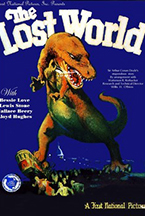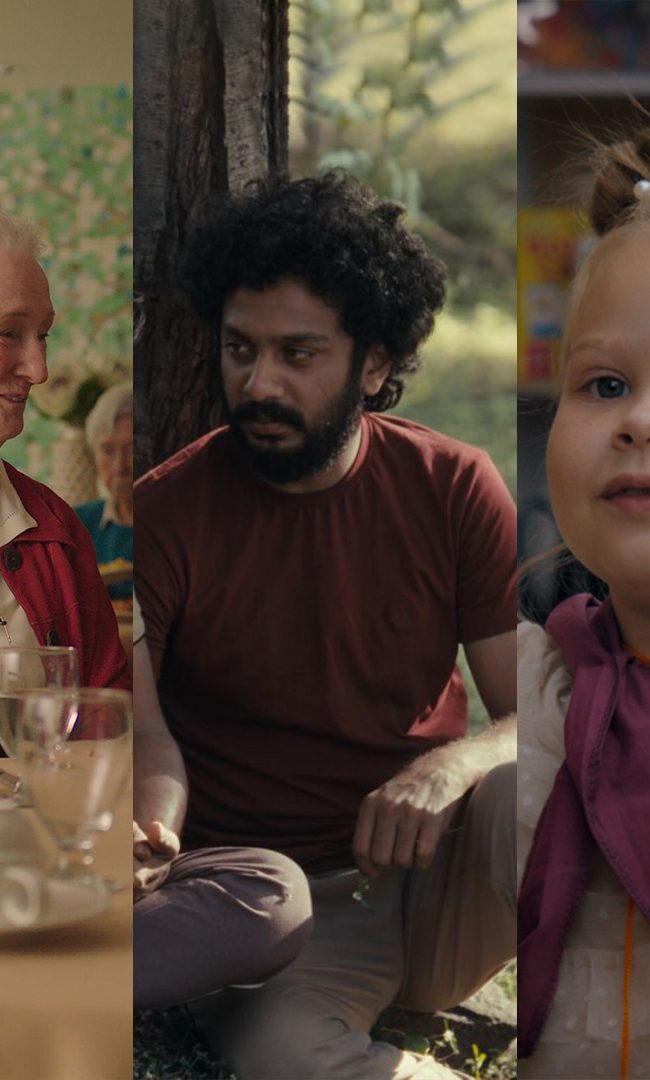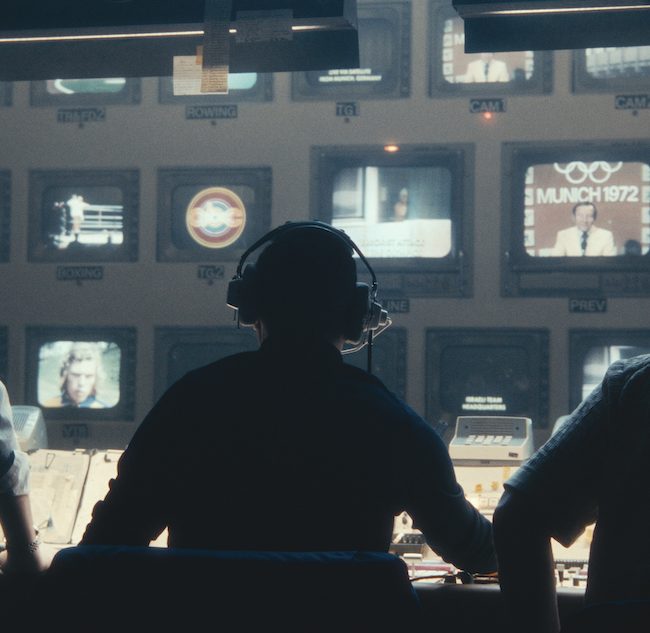
(We here at Hammer to Nail are all about true independent cinema. But we also have to tip our hat to the great films of yesteryear that continue to inspire filmmakers and cinephiles alike. This week, our “The Curbside Criterion” continues where HtN staff can trot out thoughts on the finest films ever made. Today Brad Cook explores Flicker Alley’s release of Harry O. Hoyt’s monster extravaganza The Lost World.)
Sometimes it’s fun to take a step (or two, or three) back to see how we arrived where we are now. For example, it’s easy to trace the lineage of big summer blockbusters to Jaws, which primed the pump for Star Wars, but in reality, Hollywood has been trying to serve up such fare since its earliest days.
The Lost World, released in 1925, is a perfect example of that. Unless someone stumbles across some footage stashed away in an attic in Peru, this version of the movie released on Blu-ray by Flicker Alley is the most complete copy we have.
Based on the book of the same name by Sherlock Holmes creator Arthur Conan Doyle, The Lost World features the writer’s lesser-one adventurer, Professor Challenger, who encountered prehistoric beasts in South America and lived to tell the tale. He hosts a combative discussion of his findings attended by journalist Ed Malone, who ends up accompanying him on a new mission to the jungle, along with sportsman Sir John Roxton and Paula White, whose father also sought the creatures and never returned.
The expedition sets out for South America and discovers that the stories are true. They later manage to bring a brontosaurus back to London, where of course it escapes and stomps through the city. The story is of the broadly bombastic type common in silent films, along with a sub-plot involving Ed being attracted to Paula while trying to stay true to his love back in London, but The Lost World’s real attraction is the stop-motion effects work by Willis O’Brien, who later worked on King Kong. Ironically, First National Pictures destroyed its prints of The Lost World to make way for prints of Kong.
O’Brien’s name is important, because he was a major influence on Ray Harryhausen, best known for the 50s Sinbad films and Clash of the Titans. Harryhausen in turn paved the way for Phil Tippett, who worked on the original Star Wars trilogy and was expected to provide stop-motion dinosaurs for Jurassic Park until Spielberg decided to go the CGI route. Others have worked in the stop-motion effects world, of course, such as Nick Park of Wallace and Gromit fame, but those three names are the big ones in the world of Hollywood blockbusters.

While The Lost World likely seems a bit silly to modern audiences (and, yes, its portrayl of an African-American character by an actor in blackface is offensive), its place in film history is important because it was a blockbuster of its day. It, along with other science-fiction and fantasy movies of the silent era, clearly influenced genre films produced in subsequent decades. In addition, The Lost World was clearly an influence on the Jurassic Park sequel that shares its name, and explorer Charles F. Muntz of Pixar’s film Up shares some character DNA with Professor Challenger.
The booklet included in this release explains the history of the movie, along with the process of restoring it to its original form that actually began in 1998. Between then and 2016, new elements popped up in different places, and Lobster Films eventually created the version found on this disc. While it’s still in rough shape, and some scenes remain missing, we must acknowledge the many long hours that went into this project.
The extras on the disc include:
- A commentary track by Nicolas Ciccone, an amateur filmmaker and film historian. He discusses many details not revealed by the booklet, such as a possible reason why journalist Ed Malone would be sent on a dangerous expedition when he repeatedly displays his clumsiness.
- Deleted scenes that are actually early animation sequences for the film, complete with static shots of people who I assume are O’Brien and fellow technicians as they pose the models.
- F.D. 10,000 B.C.: A short film about prehistoric humans created by O’Brien in 1917 for Thomas Edison, who was intrigued by stop-motion animation.
- The Ghost of Slumber Mountain (1918): Another O’Brien short. This one features explorers who use a magic telescope to see prehistoric creatures. Given the surge of interest in dinosaurs that happened in the mid-to-late 1800s, it’s easy to see why this subject was of interest to folks like O’Brien during the early days of moviemaking.
- Creation: This is yet another O’Brien short featuring dinosaurs, but it lasts only five minutes and doesn’t really tell a story. However, it’s an important piece of film history because it convinced Merian C. Cooper to go the stop-motion route for King Kong. (He initially wanted to use a real chimpanzee in the role.)
- An image gallery of movie posters and other materials.
– Brad Cook (@BradCWriter)











